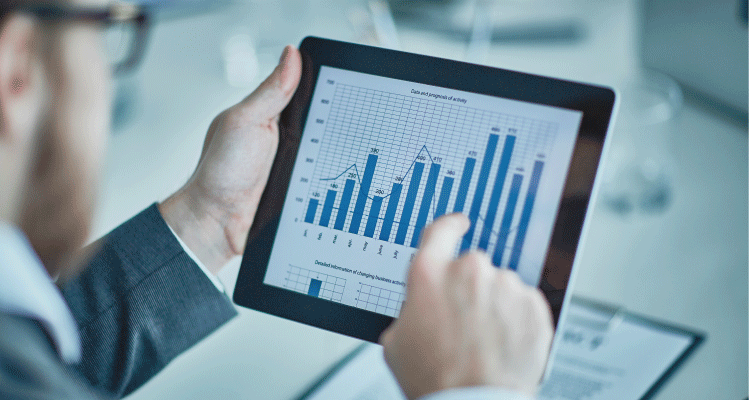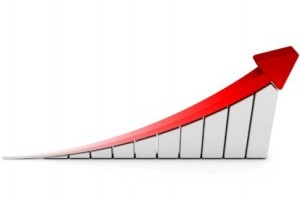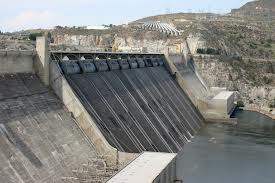Inflation is measured by constructing inflation indices. Inflation indices which help in calculating inflation rates indicate how much prices have changed over a period of time. The indices themselves are a representation of the level of prices at a particular time. Not all prices are included in the index, only a specified basket of good and services. The basket in the index is representative of the items which are relevant to a market or group. Thus there are different price indices for the prices faced by different groups. They are:
1.The Wholesale Price Index(WPI):
It includes prices of the goods sold in the wholesale market, i.e. the market where bulk transactions are made for further sale afterwards.
2. The Consumer Price Index(CPI):
It includes prices of goods and services sold in the retail market, i.e. the final prices which the end consumers have to pay. It is hence also called the cost of living index. It is also used for indexing dearness allowance to employees for increase in prices.
3. The Producer Price Index(PPI):
It includes producer or output prices which are the prices of the first commercial transactions of goods and services or the transactions at the point of first sale. Most of the countries have replaced their WPI with the PPI in the 1970s and the 1980s, except India. The PPI usually covers the industrial (manufacturing) sector as well as public utilities. Some countries also include agriculture, mining, transportation and business services. The WPI prices include taxes and transportation charges, whereas the producer prices do not.
4. The GDP Deflator:
- The Gross Domestic Product or the GDP is the total value of the goods and services produced in an economy in a year. Value means the total quantity of the goods and services (total output) multiplied by their respective prices.
- From this we arrive at two concepts of GDP: the nominal GDP and the real GDP. The nominal GDP, when compared to the GDP of some previous year reflects the change in the total output produced by the economy as well as change in their prices.
- So, to arrive at the true picture of whether the economy has grown in terms of the actual output produced, we have the real GDP. The real GDP is calculated by taking the output of the year under consideration, but multiplied by the prices of the base year.
- Hence GDP deflator= Nominal GDP × 100
Real GDP
- GDP Deflator shows the change in prices of all goods and services over a particular period of time. It does not cover just some selected items which form the basket of other price indices.
5. Private Final Consumption Expenditure Deflator:
Movement of the consumption pattern of the country can be analyzed through this deflator. The private final consumption expenditure is the expenditure incurred by households, and its deflator measures the change in it at by dividing its value at current prices by its value in the base year (at constant prices).
Click here for government certification in Accounting, Banking & Finance





8 Comments. Leave new
Very well written Ashwini 🙂
Well codified.
Excellent.. Very well explained.. keep it up 🙂
well written
informative
nice one…
nice
Well explained….thank you very much